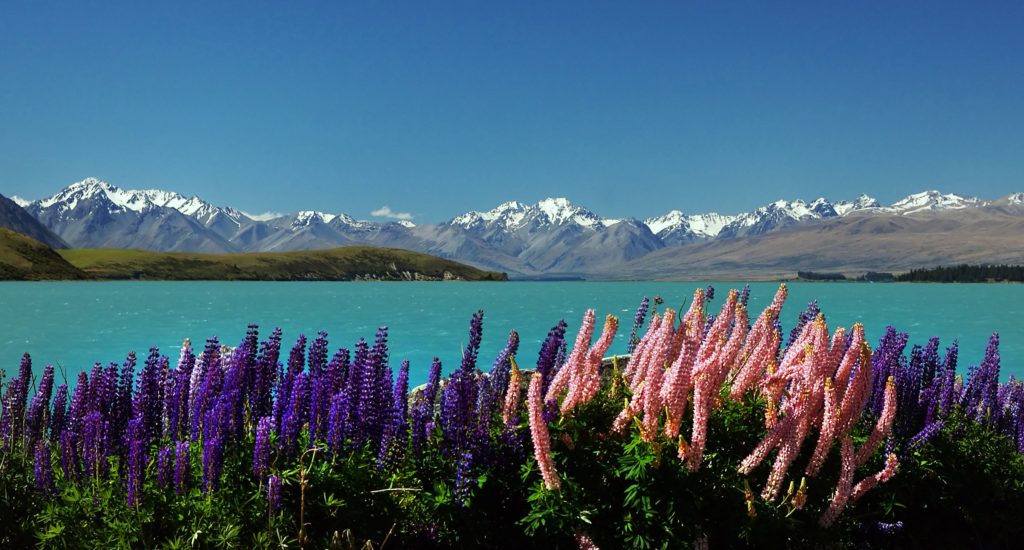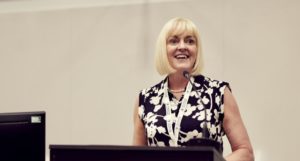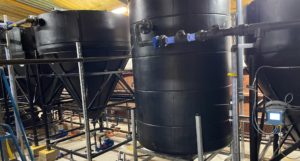Non-native species likely to continue spreading in North America, Australia and Europe

Russell lupins, from North America, are invasive in Europe, Australia & NZ – & could spread further in Europe & coasts of Australia & NZ. Credit Bernard Spragg
Naturalised species, which are not native but have established themselves in new locations, could spread even further in many parts of the world, new research shows.
Understanding and predicting where introduced species will spread is one of the key conservation and ecological challenges of the 21st century.
However, we know little about what causes one species to spread rapidly, while others remain in small, isolated populations for years.
The new study – by Henry Häkkinen, Professor Dave Hodgson and Dr Regan Early at the University of Exeter – predicted which of the world’s regions are most likely to be colonised by 833 naturalised plants, birds and mammals.
It also investigated which factors have sped up or slowed their spread thus far.
The researchers discovered there is huge potential for further spread of naturalised birds in North America, mammals in Eastern Europe and plants in North America, Eastern Europe and Australia.
The history of a species’ introduction, its ability to disperse and the location of suitable areas are more important predictors of how a species has spread than its preferred habitat or how it interacts with other local wildlife.
Nearly all species in the new paper have yet to expand into all the areas with a suitable climate, the researchers find, despite having had plenty of time to invade.
However, some introduced species may not become problematic until after an initial lag period.
Many of the species studied have a small impact on their environment – but the findings are still concerning.
A region can experience “invasional meltdown” when multiple introduced species amplify their impact and ability to become established, potentially with devastating effects.
“Species invasions can devastate biodiversity, agriculture and livelihoods, so it’s worrying that so many naturalised species seem poised to spread further,” said Häkkinen.
Dr Early added: “But there is a glimmer of hope that invasions are much more limited than they could be – ecosystems may be holding off invaders better than we expected, and good management could help stem the spread.”
The paper, published in PLOS Biology, is entitled: “Global terrestrial invasions: Where naturalised birds, mammals, and plants might spread next and what affects this process.”



